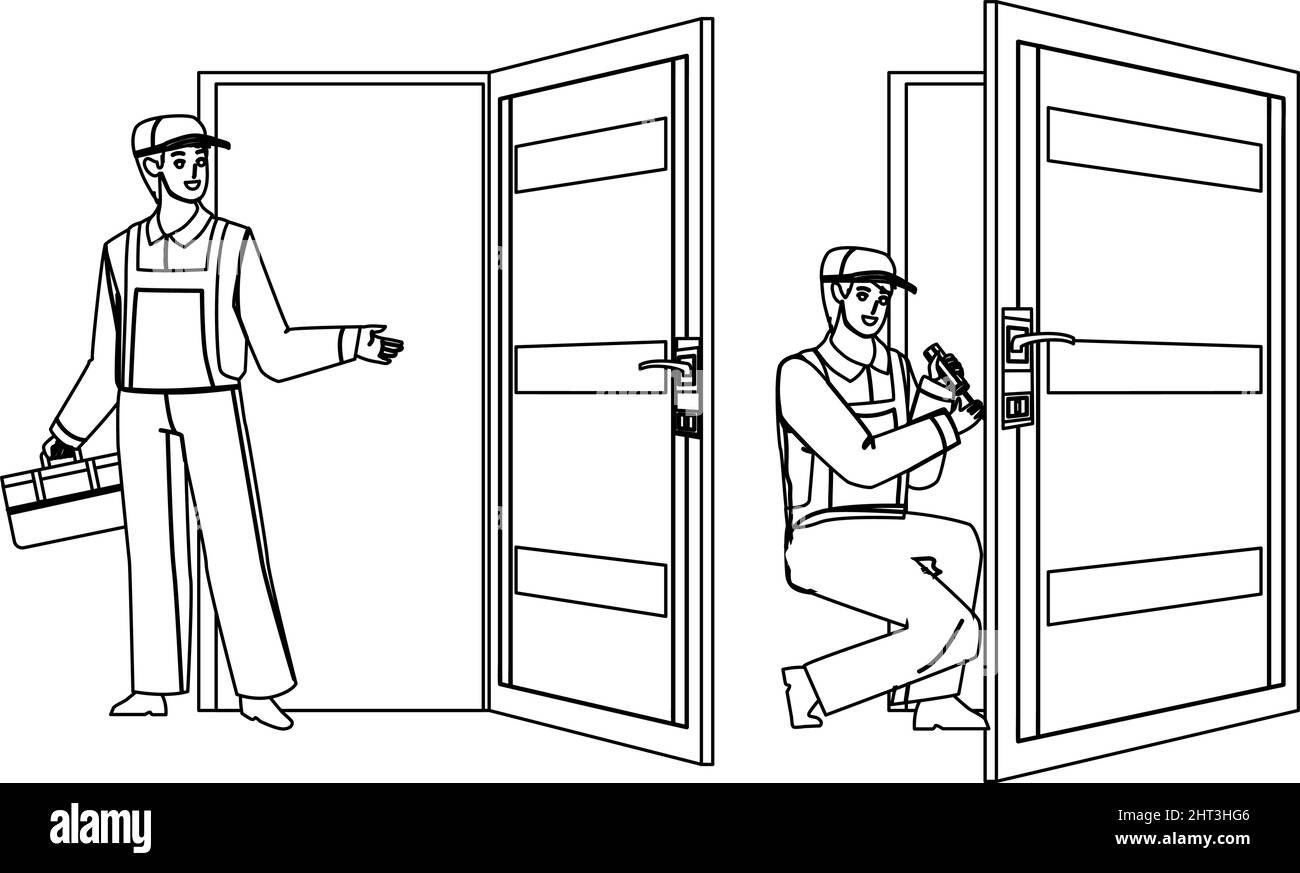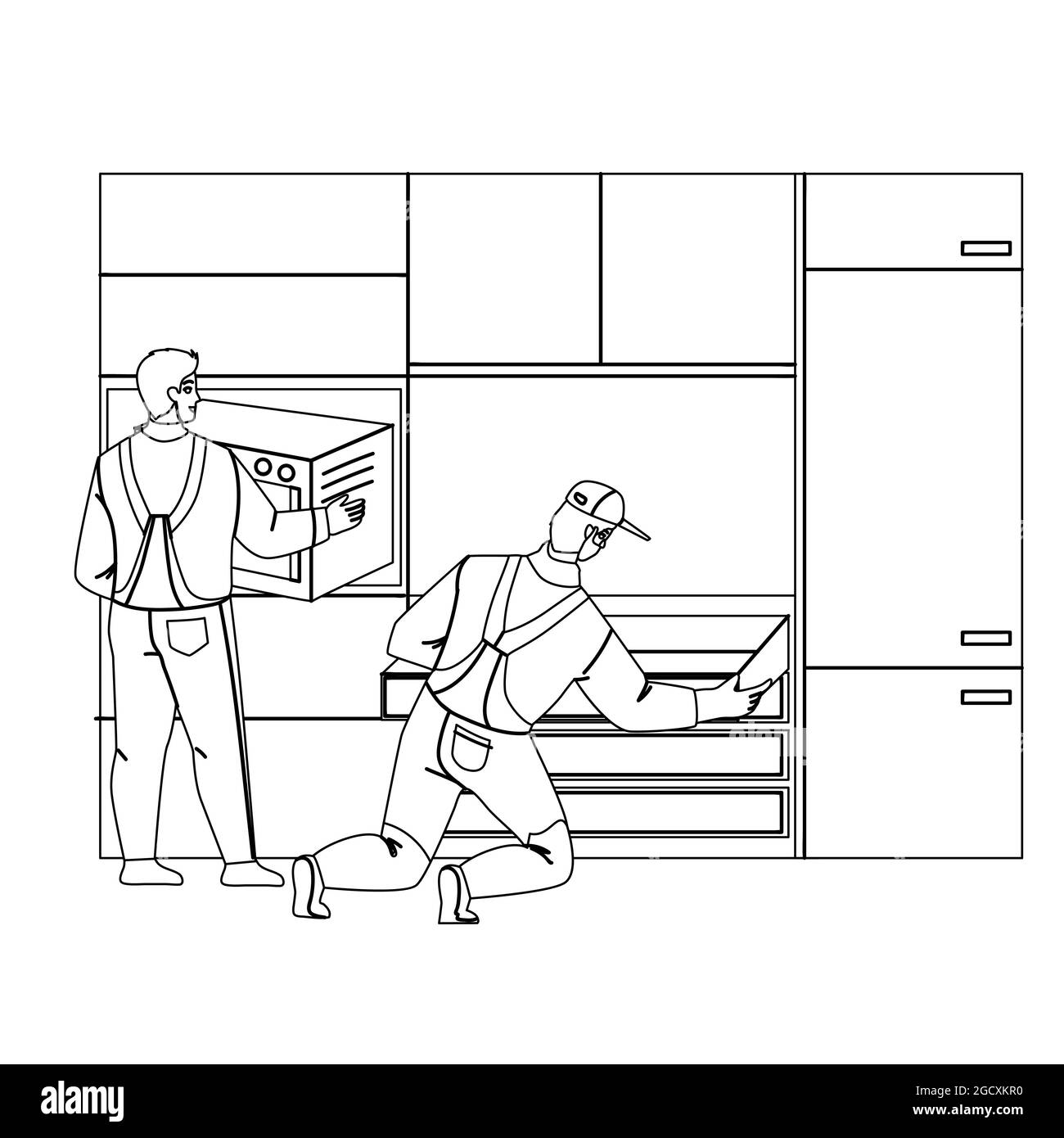
Silence the Noise: A Comprehensive Guide to Installing Sound-Deadening Mats
In today’s noisy world, finding moments of peace and quiet can feel like a luxury. Whether it’s the constant drone of traffic, the hum of machinery, or the rumble of your own vehicle, unwanted noise can be a significant source of stress and distraction. Fortunately, there’s a solution that can dramatically reduce noise pollution and create a more serene environment: sound-deadening mats.
Sound-deadening mats, also known as sound dampers or noise barriers, are specially designed materials that absorb and dampen sound waves, effectively reducing noise levels. They’re commonly used in cars, homes, studios, and various industrial settings to create quieter, more comfortable spaces.
This comprehensive guide will walk you through the process of installing sound-deadening mats, providing step-by-step instructions, helpful tips, and essential considerations to ensure a successful installation.
Why Install Sound-Deadening Mats?
Before we dive into the installation process, let’s explore the benefits of using sound-deadening mats:
- Reduced Noise Pollution: The primary benefit is a significant reduction in unwanted noise. Whether it’s road noise in your car, neighbor’s music in your apartment, or the hum of equipment in your workshop, sound-deadening mats can help create a quieter, more peaceful environment.
- Improved Audio Quality: In vehicles and home theaters, sound-deadening mats can enhance audio quality by reducing vibrations and resonances that can distort sound. This results in clearer, more immersive audio experiences.
- Enhanced Comfort: A quieter environment leads to increased comfort and reduced stress. Whether you’re driving, working, or relaxing at home, sound-deadening mats can contribute to a more enjoyable and productive atmosphere.
- Increased Privacy: Sound-deadening mats can help improve privacy by reducing sound transmission between rooms or spaces. This is particularly beneficial in offices, apartments, and recording studios.
- Improved Thermal Insulation: Some sound-deadening mats also offer thermal insulation properties, helping to regulate temperature and reduce energy costs.
Types of Sound-Deadening Mats
There are various types of sound-deadening mats available, each with its own properties and applications. Here’s a brief overview:
- Butyl Rubber Mats: These are the most common type of sound-deadening mats, known for their excellent sound absorption and damping properties. They’re typically made of a flexible butyl rubber compound with an adhesive backing.
- Asphalt-Based Mats: These mats are similar to butyl rubber mats but use an asphalt-based compound. They’re generally more affordable but may not offer the same level of performance.
- Foam Mats: Foam mats are lightweight and flexible, making them easy to install in tight spaces. They’re effective at absorbing airborne sound but may not be as effective at damping vibrations.
- Mass-Loaded Vinyl (MLV): MLV is a dense, heavy material that acts as a sound barrier. It’s often used in conjunction with other sound-deadening materials to create a more effective soundproofing system.
Tools and Materials You’ll Need
Before you start the installation process, gather the following tools and materials:
- Sound-Deadening Mats: Choose the type and quantity of mats that best suit your needs.
- Roller: A specialized roller designed for applying sound-deadening mats is essential for ensuring proper adhesion.
- Utility Knife or Scissors: For cutting the mats to size.
- Measuring Tape: For accurate measurements.
- Cleaning Supplies: Such as degreaser, soap, and water to clean the surface before installation.
- Gloves: To protect your hands.
- Safety Glasses: To protect your eyes.
- Heat Gun (Optional): Can help with adhesion in cold weather or on complex surfaces.
Step-by-Step Installation Guide
Follow these steps to install sound-deadening mats effectively:
1. Preparation
- Clean the Surface: Thoroughly clean the surface where you’ll be installing the mats. Remove any dirt, grease, rust, or debris. Use a degreaser to remove any oily residue.
- Measure and Cut the Mats: Measure the area you want to cover and cut the mats to the appropriate size. Use a utility knife or scissors for precise cuts.
- Plan Your Layout: Before applying the mats, plan your layout to ensure optimal coverage and minimize waste.
2. Installation
- Peel and Stick: Peel off the adhesive backing from the mat and carefully position it onto the prepared surface.
- Roll and Press: Use the roller to firmly press the mat onto the surface, working from the center outwards. This ensures proper adhesion and eliminates air pockets.
- Overlap (Optional): If you’re using multiple mats, you can overlap them slightly for better coverage and soundproofing.
- Heat Gun (Optional): In cold weather or on complex surfaces, you can use a heat gun to warm the mat and improve adhesion. Be careful not to overheat the mat, as this can damage it.
3. Finishing Touches
- Inspect the Installation: Carefully inspect the installation to ensure that all mats are properly adhered and there are no gaps or air pockets.
- Trim Excess Material: Trim any excess material around edges or openings.
- Clean Up: Clean up any debris or adhesive residue.
Tips for a Successful Installation
- Work in a Well-Ventilated Area: Some sound-deadening mats may release fumes during installation. Work in a well-ventilated area to avoid inhaling harmful vapors.
- Wear Protective Gear: Wear gloves and safety glasses to protect your hands and eyes.
- Take Your Time: Don’t rush the installation process. Take your time to ensure that the mats are properly adhered and there are no gaps or air pockets.
- Use a Roller: A roller is essential for ensuring proper adhesion. Don’t try to install the mats without one.
- Consider Layering: For optimal soundproofing, consider layering different types of sound-deadening materials. For example, you can use a layer of butyl rubber mats followed by a layer of foam mats or MLV.
- Address Weak Points: Pay special attention to areas that are prone to noise transmission, such as doors, windows, and floors.
- Test the Results: After the installation is complete, test the results by playing music or generating noise. Listen for any improvements in sound quality and noise reduction.
Common Mistakes to Avoid
- Skipping Surface Preparation: Failing to properly clean the surface before installation can result in poor adhesion and reduced performance.
- Using the Wrong Type of Mat: Choosing the wrong type of mat for your application can lead to unsatisfactory results.
- Not Using a Roller: Not using a roller can result in air pockets and poor adhesion.
- Rushing the Installation: Rushing the installation can lead to mistakes and reduced performance.
- Ignoring Weak Points: Ignoring weak points in your soundproofing system can compromise the overall effectiveness.
Conclusion
Installing sound-deadening mats is a relatively straightforward process that can dramatically improve the acoustics and comfort of your car, home, or workplace. By following the steps outlined in this guide, you can effectively reduce noise pollution, enhance audio quality, and create a more peaceful and enjoyable environment. Remember to choose the right type of mat for your application, prepare the surface properly, use a roller for optimal adhesion, and take your time to ensure a successful installation. With a little effort, you can transform your space into a tranquil oasis.
